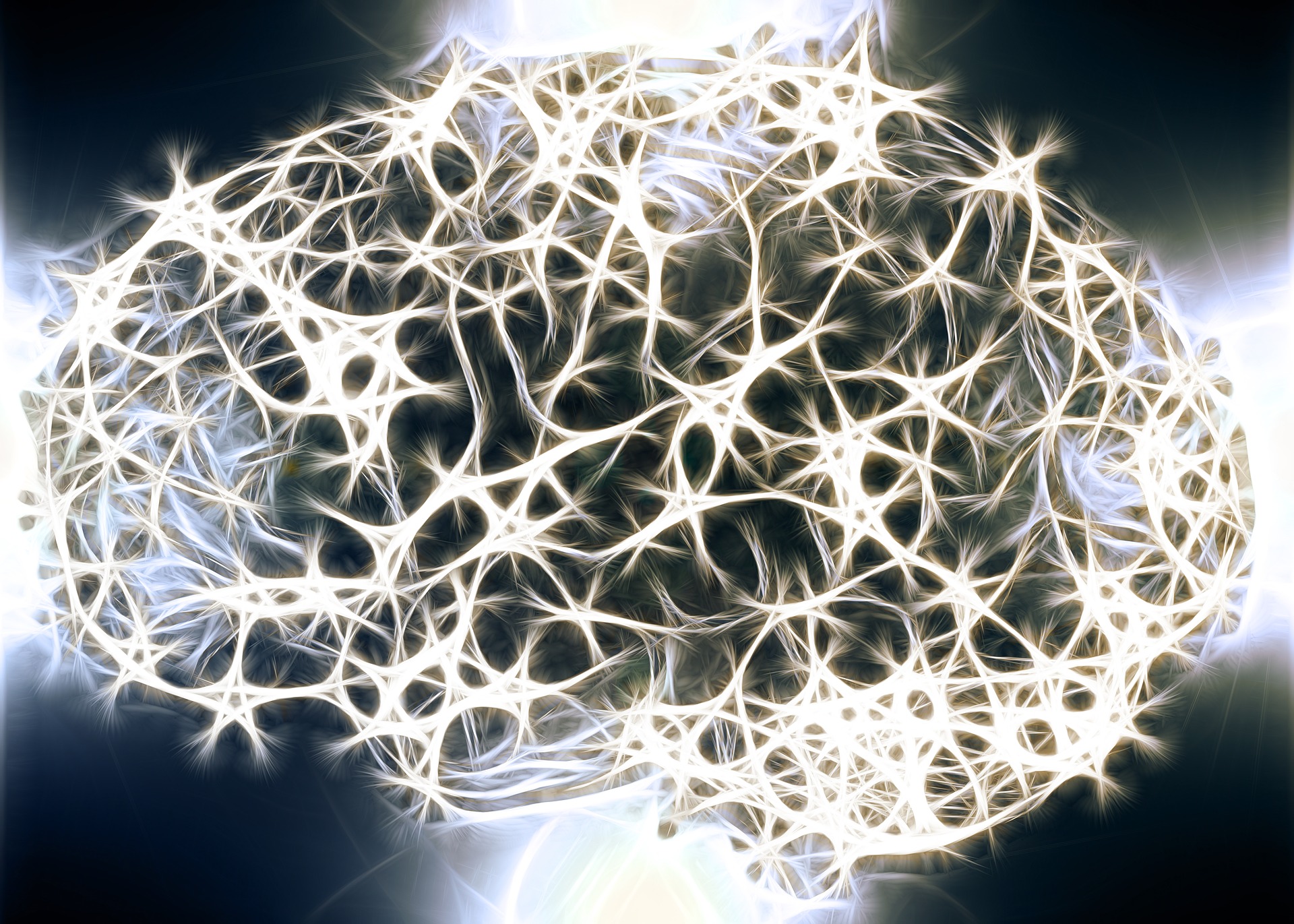Our brain is made up of billions of cells called neurons, and these neurons normally communicate with each other by electrical activity. However, when this activity suddenly becomes uncontrolled and spreads to other regions of the brain, it is called a seizure. Epilepsy, which affects about four percent of Americans, is a disorder of the brain characterized by unpredictable seizures. This disorder is most commonly diagnosed by the use of an electroencephalogram (EEG), which records brain activity.
Image Source: AJ PHOTO /BSIP
Many people with epilepsy are treated with anti-epileptic drugs. These medications work on neurons by dampening or lessening their electrical activity. About 70% of patients with epilepsy are able to control their seizures with anti-epileptic medications. However, epilepsy is a complex disorder, and not everyone will respond to the same medication in the same way. Therefore, some patients’ seizures cannot be controlled with medication alone.
In these cases, patients can usually get a surgical resection in which the brain tissue that is causing the epilepsy (epileptogenic tissue) is surgically removed. However, this can only be done if the epileptogenic tissue is not critical to the patient’s livelihood. In these cases, since the brain tissue cannot be safely removed, a treatment called neurostimulation is performed to help control seizures.
Image Source: Morsa Images
The different types of neurostimulation include Vagus Nerve Stimulation (VNS), Deep Brain Stimulation (DBS), and Responsive Neurostimulation (RNS). The RNS System consists of a battery-operated neurostimulator and leads, which lay on top of and are inserted into the brain, respectively. The advantage of the RNS System is that it is the only one that continuously monitors the brain. It senses and records individuals’ brain activity and responds specifically to abnormal activity by delivering an electrical impulse. This impulse disrupts the abnormal activity and thus either prevents or reduces seizures. In comparison, VNS and DBS act more like pacemakers and provide a stimulus at set times regardless of the presence of abnormal brain activity.
This novel treatment option has shown promising results in several clinical trials. After just one year of being implanted with the RNS System, patients – on average – had a 44% reduction in their seizure frequency. At the two-year mark of the study, this number was 53% and at seven years, an impressive 72%. While these results are hopeful, not everyone with epilepsy is a candidate for this treatment option. RNS is mostly for patients whose seizures start from two specific regions of their brain or from one specific region that cannot be surgically removed. For patients who are candidates, however, this system provides a unique and novel method of improving care.
Featured Image Source: geralt










